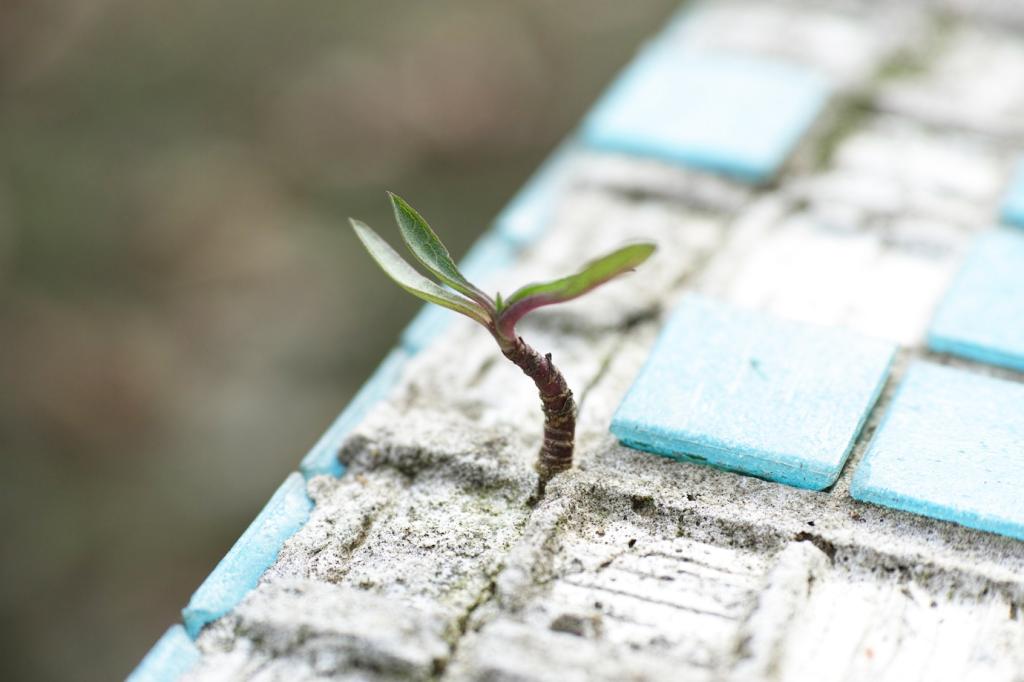Why Natural Care Protects Eco-Friendly Finishes
Eco-friendly furniture often uses plant oils, waxes, and low-VOC sealers that breathe. Harsh solvents can strip or haze these finishes, while natural cleansers keep surfaces balanced, nourished, and stable over time without fighting the material’s natural characteristics.
Why Natural Care Protects Eco-Friendly Finishes
Build a simple kit: distilled white vinegar, baking soda, pure castile soap, beeswax, carnauba wax, jojoba or pure tung oil, lemon or orange essential oil, soft microfiber cloths, and fine cotton. Store everything clearly labeled for quick, reliable, low-waste care.






